Are tulips perennials? In this post, we’ll dig deep into this topic, exploring the lifecycle of tulips, their growth habits, and how to care for them to enjoy a vibrant bloom year after year.
Understanding the Basics: Annuals vs. Perennials
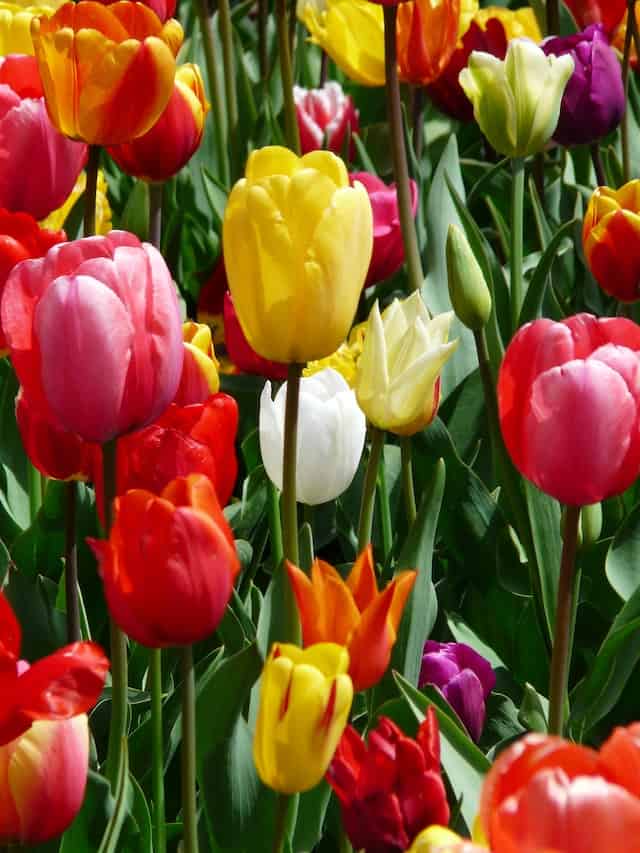
Before we can answer the perennial question, we need to clarify what we mean by “perennials.” Perennials are plants that live for more than two years, going through cycles of growth and dormancy. They usually bloom year after year, returning in the spring after a period of rest. On the other hand, annuals complete their lifecycle in a single growing season, germinating, flowering, producing seeds, and dying, all within a year.
In contrast to these definitions, tulips are classified as bulbous perennials, which means they can return reliably each year, provided they receive appropriate care. However, their behavior can often resemble that of annuals, sparking confusion among gardeners.
The Lifecycle of Tulips
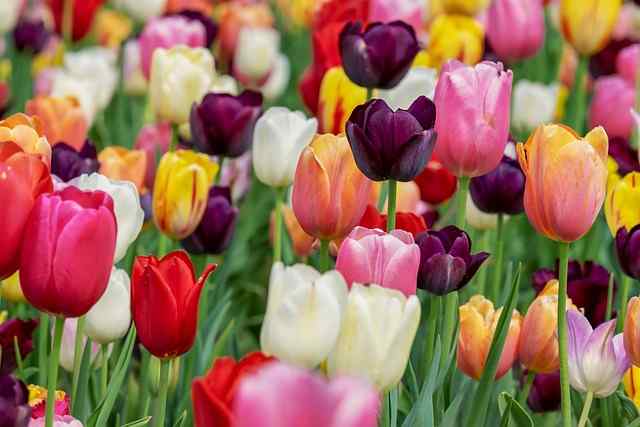
Tulips originate from regions like Central Asia and are known scientifically as part of the genus Tulipa. They are planted as bulbs, which store nutrients to help the plant grow. The lifecycle can be broken down into stages:
Planting: Tulips are typically planted in the fall (September to November), allowing their bulbs to establish roots. During this time, they require a well-drained soil enriched with organic matter.
Dormancy: As winter sets in, the bulbs enter a dormant stage, where they don’t grow above ground. This dormancy is crucial as it allows them to conserve energy for their blooming phase.
Spring Growth: As temperatures rise in early spring, tulips emerge from the soil. The bulb’s stored nutrients fuel the initial growth, resulting in stunning flowers that bloom for several weeks.
Post-Bloom Care: Once tulips finish blooming, their foliage remains green, allowing the plant to continue photosynthesizing. This energy is vital for the bulb’s health and ensures it will bloom again the next year. After blooming, it is essential to allow the foliage to die back naturally instead of cutting it prematurely.
Dormancy Period: After the foliage turns yellow and wilts, the tulip enters its dormant phase again, preparing for the next season.
Are Tulips Truly Perennials?
So, are tulips perennials? The answer is nuanced. While tulips have perennial characteristics due to their bulbous nature, many modern cultivated varieties function more like annuals, especially in certain climates. Most tulip hybrids are bred for consistent, vibrant blooms for only a few years, after which their ability to return and thrive may diminish.
Different Types of Tulips: The Hardiness Factor
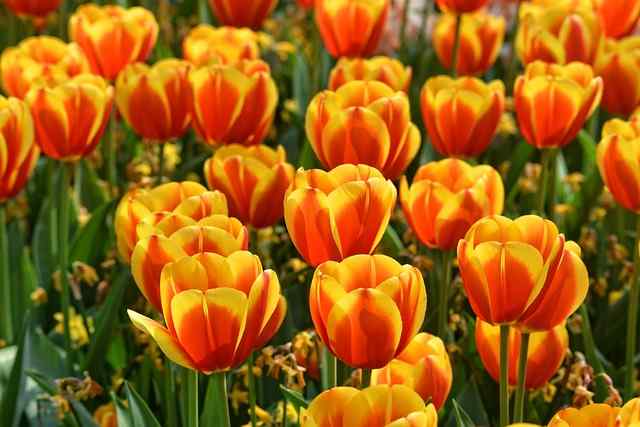
Tulips can be broadly categorized into three main groups: Darwin Hybrid, Triumph, and Lily-Flowered. Each type exhibits different hardiness levels, impacting their longevity and ability to return as perennials.
Darwin Hybrid Arrivals: Known for their vivid colors and robust blooms, Darwin hybrids can often tolerate colder climates. They are some of the hardiest tulips and typically return for several years, making them a popular choice for perennial gardens.
Triumph Tulips: This variety blends early-blooming traits with the sturdiness of Darwin hybrids. They tend to provide reliable blooms and maintain a strong bulb structure suitable for re-emergence.
Lily-Flowered Tulips: With a graceful shape and elegant, pointed petals, these tulips can be more temperamental. In favorable conditions, they may return, but in less optimal situations, they are often short-lived.
Climatic Influences on Tulip Longevity
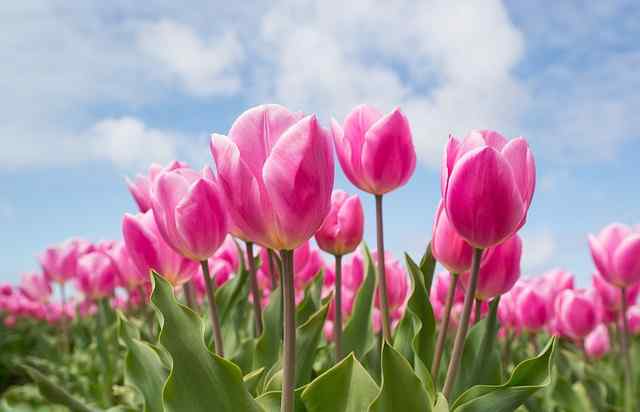
When considering whether tulips act as perennials, climate plays a pivotal role. In warmer climates, tulips may struggle to return yearly because of insufficient chilling hours, a necessity for many bulb species. Bulbs require a cold dormant period to trigger blooming. As such, gardeners in USDA hardiness zones above 8 may find their tulips behave more as annuals.
In contrast, regions with cold winters provide a supportive environment for tulips to thrive as perennials, allowing them to develop the underground system needed to propagate over multiple years.
The Role of Soil and Drainage
Soil quality significantly influences a tulip’s ability to function as a perennial. Tulips flourish in well-drained, loamy soil that doesn’t retain water, as excess moisture can lead to bulb rot.
If you desire perennial tulips, consider the following soil conditions:
Soil pH: Aim for a soil pH of around 6.0 to 7.0.
Drainage: Create raised beds or amend heavy soils with sand or organic matter for better drainage.
Nutrients: Incorporate phosphorus-rich fertilizers during planting to support root development.
Proper soil preparations set the stage for tulips to thrive over several years.
Caring for Tulips for Perennial Success

To truly enjoy the beauty of tulips as perennials, diligent care is necessary. Here are some essential tips for maintaining the health of your tulips year after year.
1. Planting Techniques
When planting tulip bulbs, ensure they are positioned at a depth of approximately 6 to 8 inches, about three times the height of the bulb. This depth helps protect the bulbs from temperature fluctuations and pests. Additionally, grouping bulbs in clusters rather than uniform lines can create a more appealing aesthetic in the garden.
2. Post-Bloom Maintenance
After tulips bloom, avoid the temptation to trim them down. Allow the foliage to yellow and wither naturally, as this process feeds the bulb for future seasons. Fertilize the bulbs after blooming with a balanced fertilizer catering to perennials for optimal health.
3. Mulching
Applying a layer of mulch around the bulbs can help regulate soil temperature and provide insulation. It also helps retain moisture while minimizing weed growth.
4. Pest and Disease Management
Tulips can sometimes fall victim to pests like aphids or bulb rot due to fungal infections. Regularly monitor for signs of infestations and ensure that your plants are thriving in a suitable environment to minimize these risks.
5. Division and Replanting
After several years, you may notice diminished blooms, which can signal the need for bulb division. This process allows the healthy bulbs to spread out, access nutrients better, and promote vibrant blooms. However, remember always to lift and divide bulbs when they are fully dormant.
Enjoying Tulips Beyond the Garden
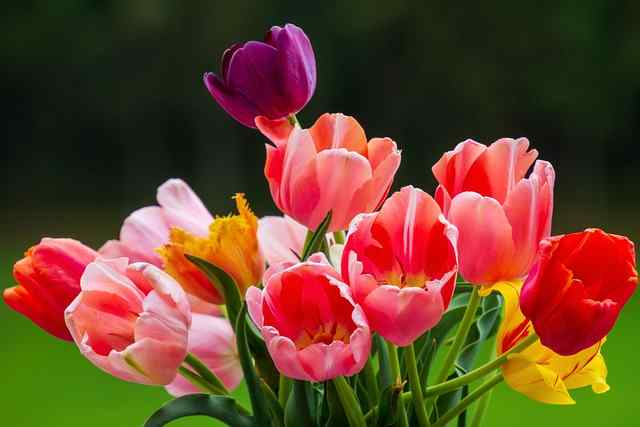
Gardeners may find great joy in expanding their love for tulips beyond the garden. Due to their stunning, elegant appearance and long-lasting cut flower capability, tulips make excellent additions to floral arrangements.
Tulips in Floral Design
Due to their sturdy stems and multiple color varieties, tulips are favorites among florists. They can be used to create stunning bouquets, perhaps mixed with daffodils and hyacinths or arranged in monochromatic shades.
Seasonal Celebrations
Whether for Easter, Mother’s Day, or just to bring spring into your home, tulips can be the centerpiece for festive occasions. Their immediate associations with renewal and growth breathe life into any space.
Forcing Tulips Indoors
Tulips can be forced to bloom indoors, providing a charming display in winter. This process mimics winter conditions by chilling bulbs in the fridge for six weeks, after which they can be potted and brought to bloom for a magnificent indoor experience.
Conclusion: The Perennial Nature of Tulips
In summary, tulips can be perennials, but their ability to thrive as perennials greatly depends on environmental factors, planting techniques, and care. While many hybrids and cultivated types may only last a few years, the hardier varieties give dedicated gardeners a chance to witness their beauty repeatedly.





